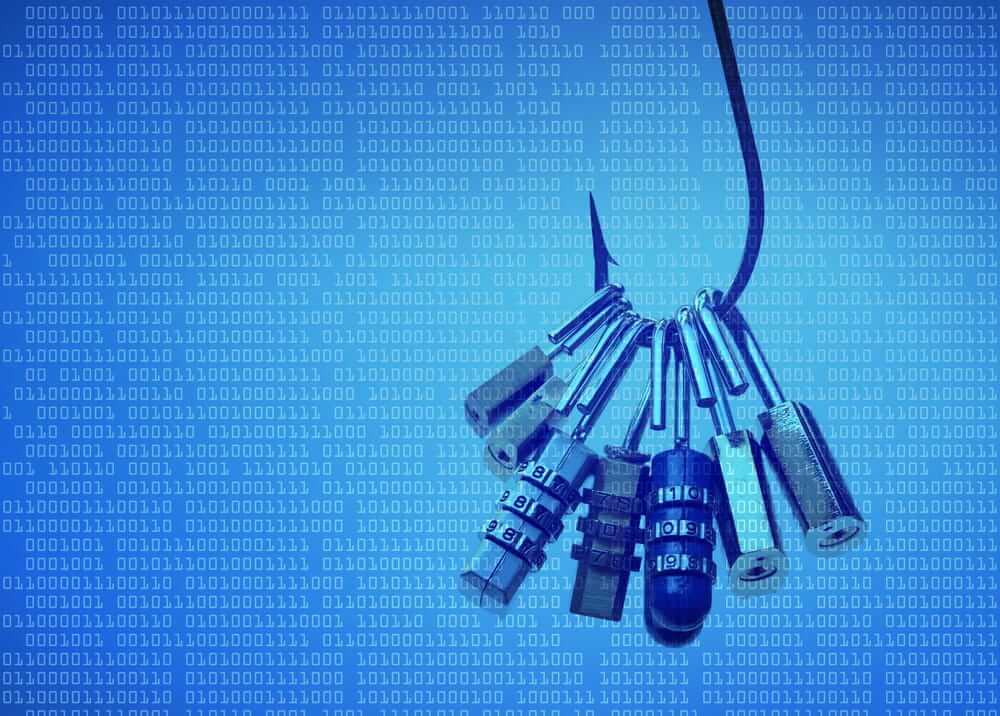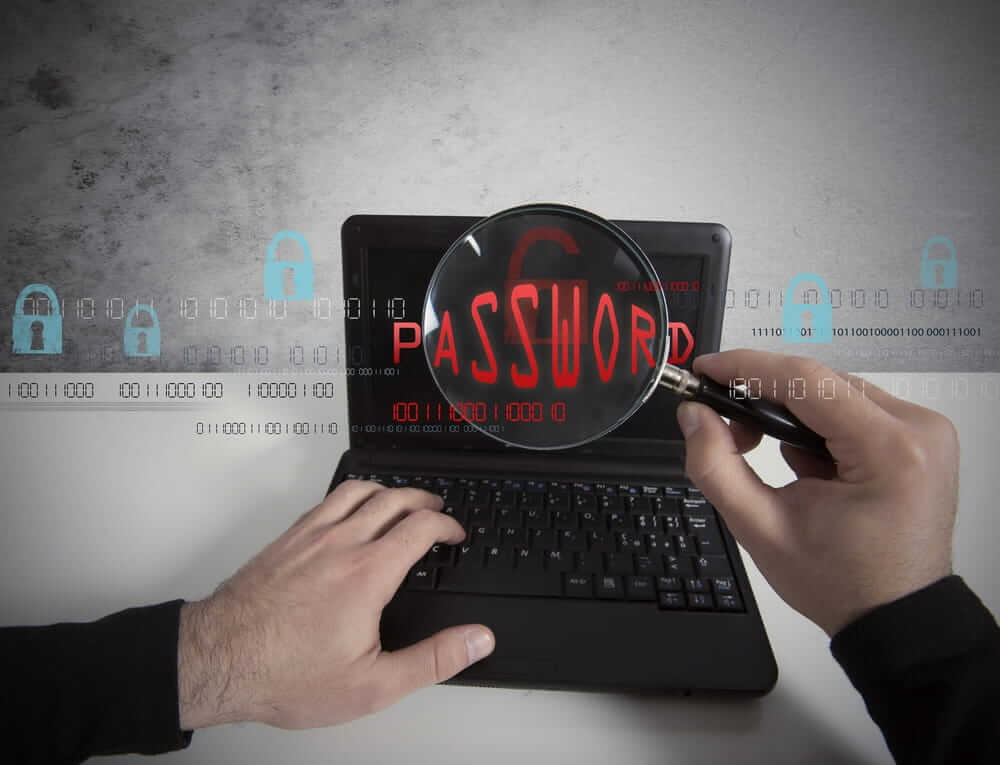
The Many Unique Ways Attackers Hacks into your Privileged Credentials
Unsolicited emails, phishing attempts, spoofing and illicit content, social engineering, brute force attack…the list is endless when it comes to the types of practices attackers deploy to hack your credential to steal data for inherent or non-inherent reasons. This article briefly covers the key ways – some of which you might not even heard yet – attackers might be looking to hack into your account. Read NOW to be aware, informed and fully secured!
Beware! The fight for stealing your data is on!
The digital world is a dangerous neighborhood. It is populated with attackers disguised as administrators and experts; who are poised to steal personal information valuable to you and your businesses.
That is why you need to integrate effective information security into your digital identity. It not just helps you protect your personal information from attackers; it also safeguards your online identity, and keeps your credential future protected from literally any type of attacks.
Every day, a new form of cyber attack is coming up; spoiling the entire mode of virtual connectivity, leaving the details of important credentials accessible to hackers.
What do you urgently need to counter the evolving threat of cyber attack and information vulnerability is to integrate a fully developed, pinpointed to details and holistic information security system.
Now, what does effective information security mean?
Effective information security necessarily refers to using a set of defined and specific measures to protect your personal credentials; which are extremely valuable for your virtual identity. It means more than just using long and unique passwords. It is in fact a multi tiered, comprehensive and defined approach to protect your information, which are very vital for your privacy and livelihood. To learn how to protect your privacy and credential, it is very important to know how attackers can steal your private information.
You can check also for more details on this pricing intelligence for it.
Quite often, experts employ common techniques to steal privileged credentials; some of which are mentioned below –
Post Quick Links
Jump straight to the section of the post you want to read:
Social engineering
In reference to information security, the social engineering attack actually refers to the physiological manipulation of people in such a way that they give up their all divulging confidential information to the attackers. In simpler words it can be understood as a trick which heavily relies on human interaction in which an inauthentic invader/attacker/hijacker often tricks people to break the normal security procedures. And just like any other kind of cyber attack, even the social engineering attacks have thousands of variations.
And among the various ways of social engineering attacks, some of the most common ones are:
- Random e-mail from your relatives or friends – Many times attackers manage to hack someone’s e-mail account and then access their complete contact list to which they can easily send e-mails which might contain a link or an attachment which when opened can hack other’s computers and account also.
- By creating distrust – By creating distrust in your mind for others, the attackers often make an entry as a hero and win your trust and fetch all your private details which they further utilize for malicious reasons.
Phishing attack
Perhaps the most common technique attackers use, phishing involves sending hundreds of thousands of email attachments with malware and viruses to hundreds of thousands of people with anticipation that some will click them. Once you click the attachment, you allow attackers to attack your software vulnerabilities, unpatch status security software, break passwords, firewall etc.
Keylogger
It is a software or hardware for capturing content – be it in any form – a user types on the computer, including privileged passwords. This means that when a person is using a keyboard his/her all strokes are recorded in way that the user actually remains unaware of it. Ideally, keystroke logging was developed so as to study the human-computer interaction but later this technique was also used by cyber criminals to steal and invade user’s personal, private data and other sensitive and confidential enterprise data.
Available in various forms, the broadest categories of keystroke logger are:
- Hardware based key logger
- A Key logging software program
Password cracking
As the name itself explains, in this technique a hijacker/attacker actually crack users account passwords so as to make invasions without user’s permission. Being a process of computer security and cryptanalysis, this technique is generally used to recover the forgotten passwords from the data that has been already stored in computer systems or networks. This technique might use various measures or processes but the most popularly used technique is of guessing the passwords repeatedly by using computer algorithms which help you to make numerous combinations until you successfully retrieve the right password.
Memory scrapping
This means looking for memory on desktops, finding out credentials which might be valuable in the form of plain text or in Windows environment etc. Memory scrapping is thus all about finding out a user’s history of activity to find trail of guesses or hints that lead to personal information.
Password spreadsheet
This refers to a sheet where a user might intentionally keep his or her password with an objective to easily access the information in case the information is forgotten. This is still used by people which can prove disastrous if it gets in the hands of a hacker. So, it is always recommended that you never store your passwords in such file.
Clickjacking
Tricking a user into clicking on another source while the user intended to click elsewhere
Now these are just some of the many ways an attacker can stoop to steal your information. It is a matter of concern for literally any type of company to understand that changing password and developing sophisticated password rules will not solve any problems. Rather, this only adds just a fragment of security.
In order to fully protect your personal details and information, you need learn a few important things; some of which necessarily include –
Always use a professional and paid antivirus with lots of advanced features. It will protect you from a range of threats and make sure to enable auto download of updates so that whenever a virus is detected in the cyber scape, your antivirus automatically gets immune to that.
Never use keyboard to type password on internet banking sites. Rather, use the virtual keyboard which automatically changes its key placement and thereby protect your information such as keystrokes from being hacked.
Do not store any important business and financial information on your computer. Although it sounds a little impossible task, experts often recommend storing important data on a flash drive and keeping it safe. You can always store important information on a physical file.
Do not click on any email attachments unless you are sure about the sender since doing it might install virus on your computer.





About the author
Expert
Lorem ipsum dolor sit amet, consectetur adipiscing elit, sed do eiusmod tempor incididunt ut labore et dolore magna aliqua. Ut enim ad minim veniam, quis nostrud exercitation ullamco laboris nisi ut aliquip ex ea commodo consequat.
Related Articles
Proxy Servers Explained
Proxy servers are essential to ensuring data protection, privacy and better connectivity. Here's your ultimate guide to proxy servers by Limeproxies
Building Web Scrapers For eCommerce Data Gathering
In this article, we won’t restrict ourselves to the basics of building your web scraper, but we will also talk about some challenges a newbie may face in the process. Learn More.